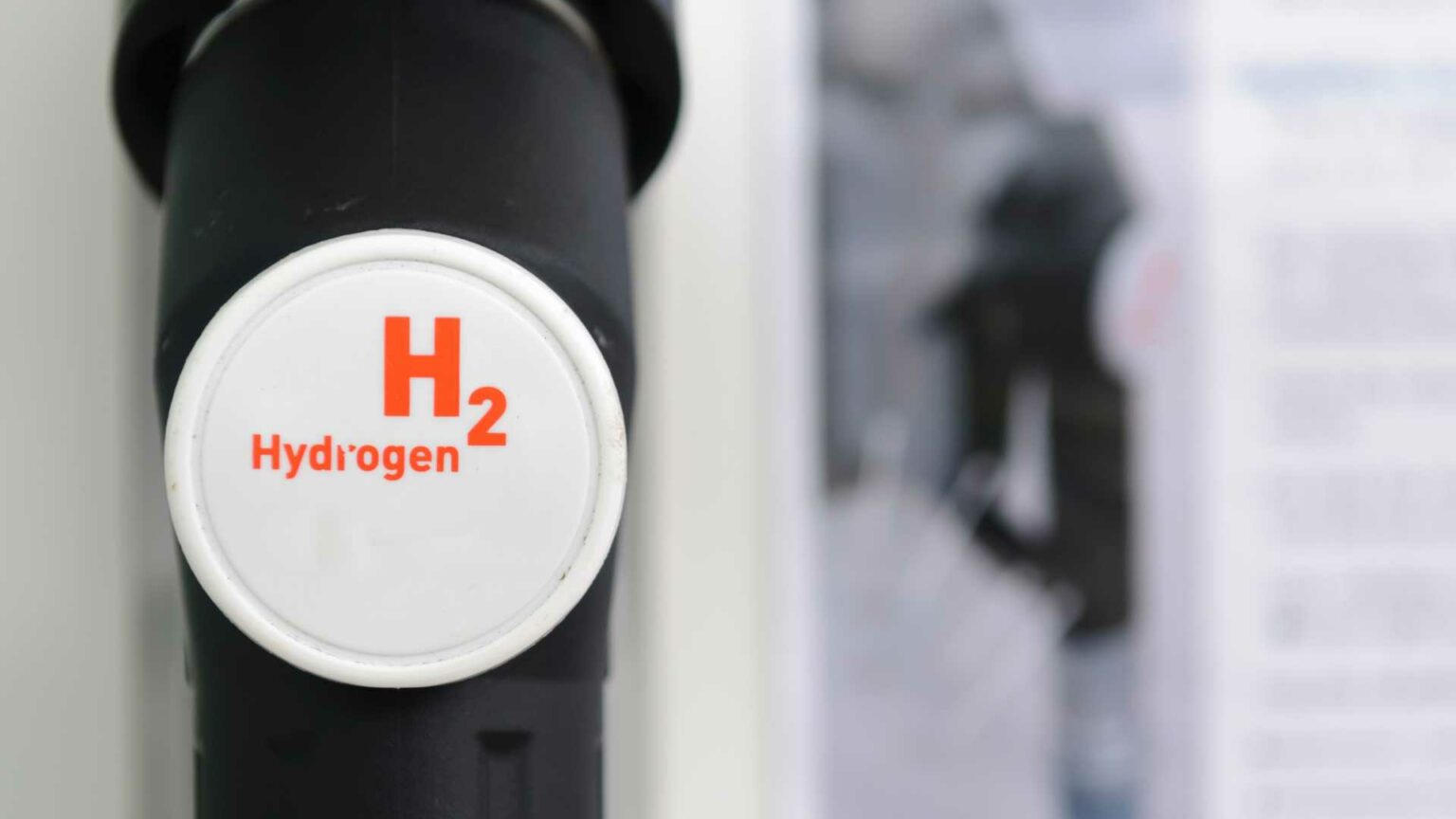Malaysia’s ambition to become a regional leader in hydrogen technology took a tangible step forward with the launch of its first Mobile Hydrogen Refuelling Station (MHRS) in Precinct 2, Putrajaya.
Valued at RM15 million, the station is a pilot initiative aimed at enabling research, development, and early adoption of hydrogen-powered mobility. With a current daily dispensing capacity of 50 kilograms of hydrogen, the MHRS represents a modest yet strategic investment into an infrastructure Malaysia currently lacks.
Announcing the launch, Minister of Science, Technology and Innovation Chang Lih Kang acknowledged that while no hydrogen fuel cell electric vehicles (FCEVs) are currently in use on Malaysian roads, establishing basic refuelling infrastructure is a necessary precursor to future uptake.
The MHRS project is spearheaded by the Ministry of Science, Technology, and Innovation (MOSTI), with operational and technological support from the National Nanotechnology Centre and NanoMalaysia Berhad (NMB). In collaboration with key industry stakeholders—PETRONAS Technology Ventures Sdn Bhd (PTVSB), Sime UMW, UMW Toyota Motor Sdn Bhd (UMWT), and the Malaysian Green Technology and Climate Change Corporation (MGTC)—the project is positioned as a foundational component of the country’s hydrogen economy strategy.
PTVSB is responsible for hydrogen supply as well as the engineering, procurement, construction, and commissioning of the MHRS. Sime UMW and UMWT have contributed three Toyota Mirai vehicles to the project, providing both demonstration capability and maintenance services. Meanwhile, NMB, acting as the project’s asset administrator, operates the station as a testbed for future innovation and commercial applications.
The decision to launch the MHRS in Putrajaya is strategic. As the nation’s administrative capital, it offers high visibility and the potential to influence both policy and public perception. NMB CEO Dr. Rezal Khairi Ahmad emphasised that the station is not just a pilot infrastructure but a signal of broader ambition.
Malaysia’s entry into the hydrogen mobility space comes as part of a broader global push to decarbonize the transport sector, which remains one of the highest-emitting industries worldwide. While battery electric vehicles (BEVs) have dominated early zero-emission transport initiatives, hydrogen FCEVs are increasingly seen as a necessary complement—especially for heavy-duty, long-range applications where battery density remains a limiting factor.
For now, the project represents proof of concept. Whether it evolves into a commercially viable network by 2030 will depend heavily on policy continuity, technological adaptation, and sustained public-private collaboration.
Stay updated on the latest in energy! Follow us on LinkedIn, Facebook, and X for real-time news and insights. Don’t miss out on exclusive interviews and webinars—subscribe to our YouTube channel today! Join our community and be part of the conversation shaping the future of energy.
